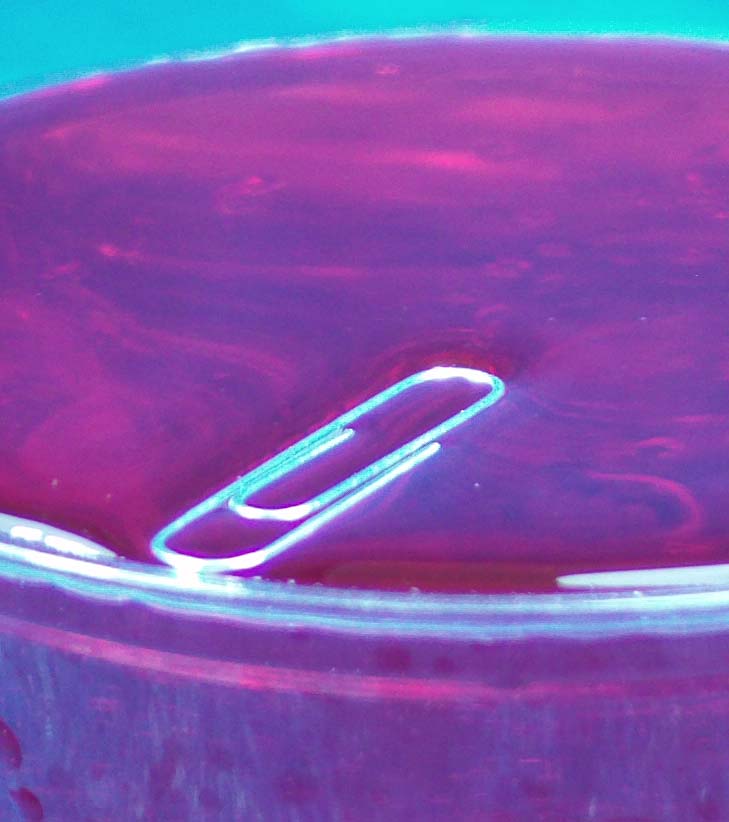
Water Damage Restoration Technician School
How to safely dry out flood and water damage situations. All aspects of cleaning, dehumidification and restoration as well as customer relations, marketing and follow up care. Ron method of simplified math and psychrometry helps those who haven't been to school for along time get through the technical aspects.

Videos:
![]() Registration
Registration ![]() Schedule of Classes
Schedule of Classes
Capillary Action
Capillary Action relies on two elements. 1) A liquid’s attraction to a surface must be stronger than its attraction to itself 2) Two of these attractive surfaces are close enough together so that surface attraction will draw or force the liquid between them. This is Capillary rise. The closer the surfaces are, the deeper liquid can penetrate (or move higher in a tube). Lowering a liquid’s attraction is for itself (reducing Surface Tension), increases the potential for capillary rise. Water’s attraction (adhesion) to a surface is the result of the water molecule’s polarity. Liquid water penetrates and leaves fabrics, carpets and building materials by capillary action. Once the force of capillary action and gravity have equalized in the material, liquid is pulled toward the drier surface, the one that is exposed to moving air (evaporation point). Flow to the evaporation point continues as newly arrived liquid molecules replace the molecules that escape as vapor. Although carpet and fabric don’t have tubes, closely twisted yarns and woven fibers provide the adjoining surfaces necessary for capillary action creating a capillary system. That’s why when cleaning wall to wall carpet “what goes down must come up”.
(Taken from the library of "Science of Drying Textiles and Buildings" an on-line course under construction by School of Surface Technology.)



Capillary Rise Surface Tension Adhesion




Capillary Action




Evaporation Point Capillary System Using a Strip of Paper Towel

Poultice
Photographs by Ron Toney All rights reserved. Click to home page